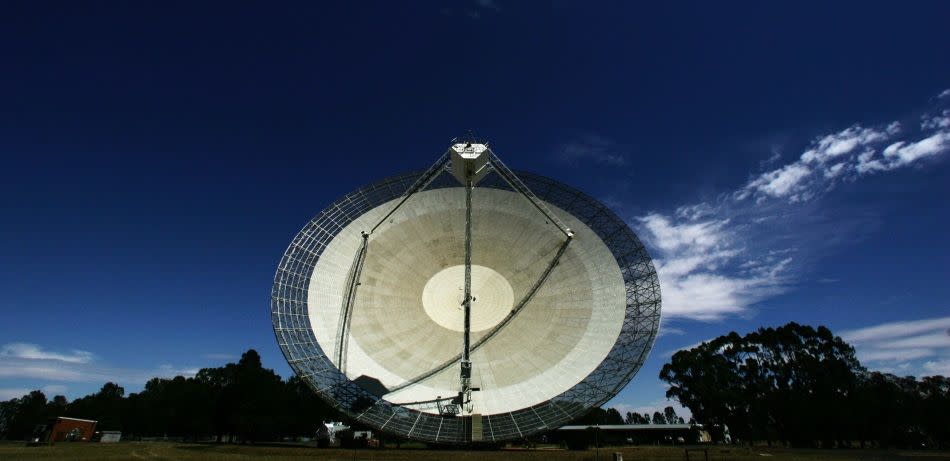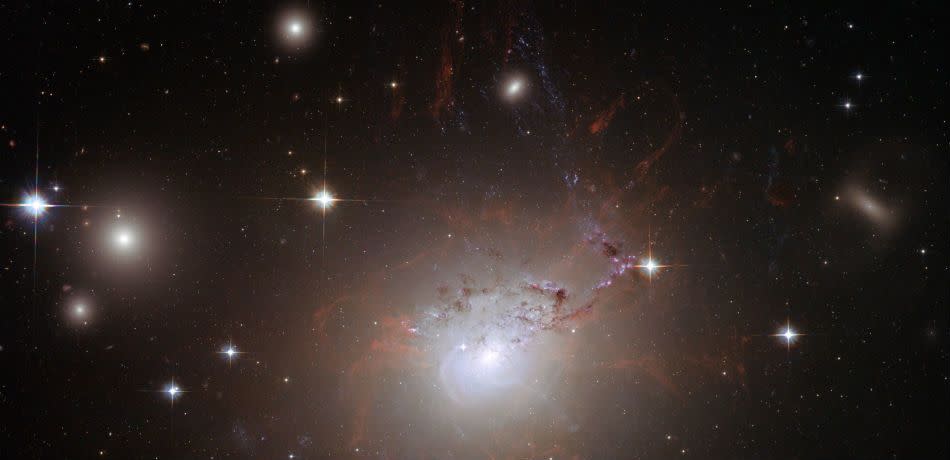Artificial intelligence detects 72 mysterious radio signals from deep in space

Researchers have discovered 72 mysterious radio bursts from a source three billion light years away using artificial intelligence.
The 72 fast radio bursts were found by alien-hunting researchers at Breakthrough Listen, a SETI (Search for Extraterrestrial Intelligence) project led by the University of California, Berkeley, using machine learning.
Fast radio bursts are bright pulses of radio emission mere milliseconds in duration, thought to originate from distant galaxies.
The source of these emissions is still unclear, and some suggest they could be from extraterrestrials.

Theories range from highly magnetised neutron stars blasted by gas streams from a nearby supermassive black hole, to signatures of technology developed by an advanced civilisation.
“This work is exciting not just because it helps us understand the dynamic behaviour of fast radio bursts in more detail, but also because of the promise it shows for using machine learning to detect signals missed by classical algorithms,” said Andrew Siemion, director of the Berkeley SETI Research Center and principal investigator for Breakthrough Listen.
READ MORE FROM YAHOO NEWS UK:
Michel Barnier says Brexit deal ‘realistic’ within eight weeks
Killers who kidnapped and tortured jeweller in botched robbery jailed for life
Miners in Australia discover massive chunks of gold worth millions
North Korea expert attacks Donald Trump’s ‘repugnant grovelling’ before Kim Jong-un
Pluto should be classified as a planet again, say scientists
“Whether or not FRBs themselves eventually turn out to be signatures of extraterrestrial technology, Breakthrough Listen is helping to push the frontiers of a new and rapidly growing area of our understanding of the universe around us.”
Breakthrough Listen is also applying the successful machine-learning algorithm to find new kinds of signals that could be coming from extraterrestrial civilisations.
While most fast radio bursts are one-offs, the source here, FRB 121102, is unique in emitting repeated bursts.
This behaviour has drawn the attention of many astronomers hoping to pin down the cause and the extreme physics involved in fast radio bursts.
The AI algorithms dredged up the radio signals from data recorded over a five-hour period on 26 August 2017, by the Green Bank Telescope in West Virginia.
This brings the total number of detected bursts from FRB 121102 to around 300 since it was discovered in 2012.

 Yahoo News
Yahoo News 

